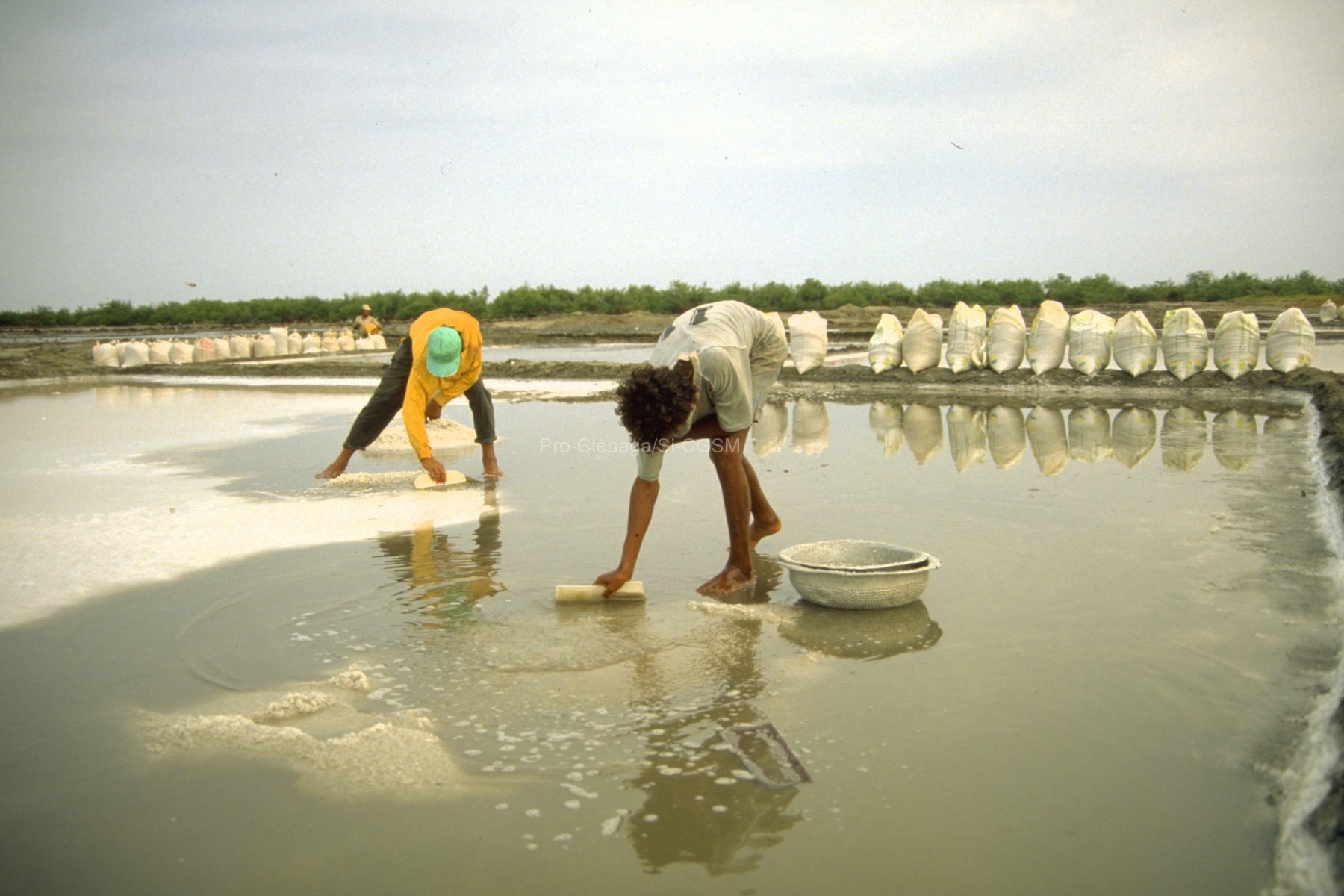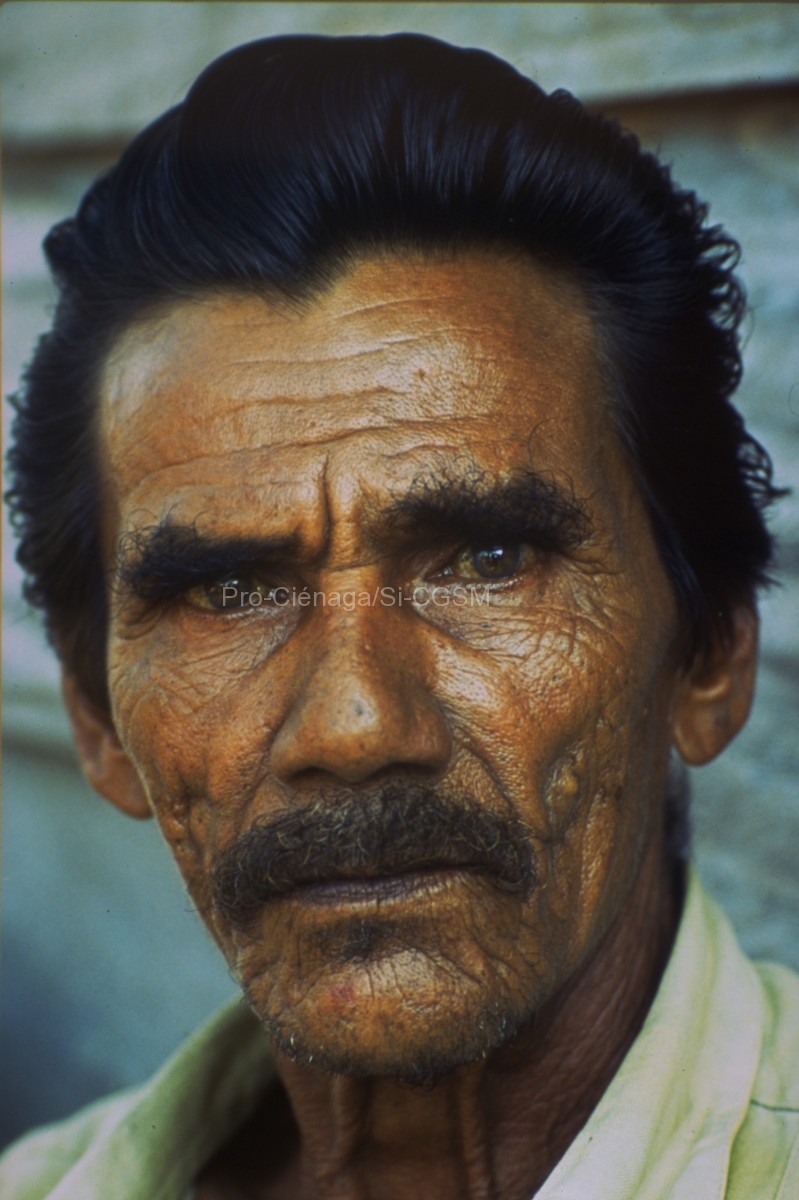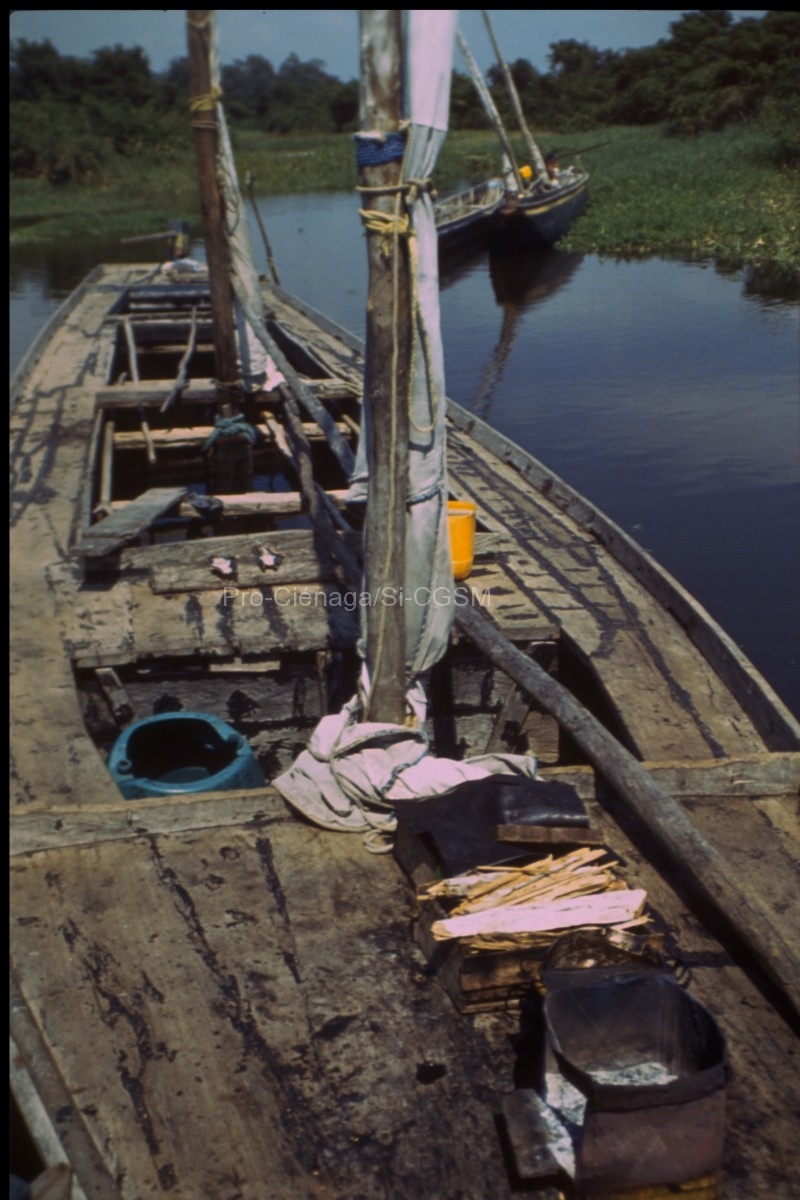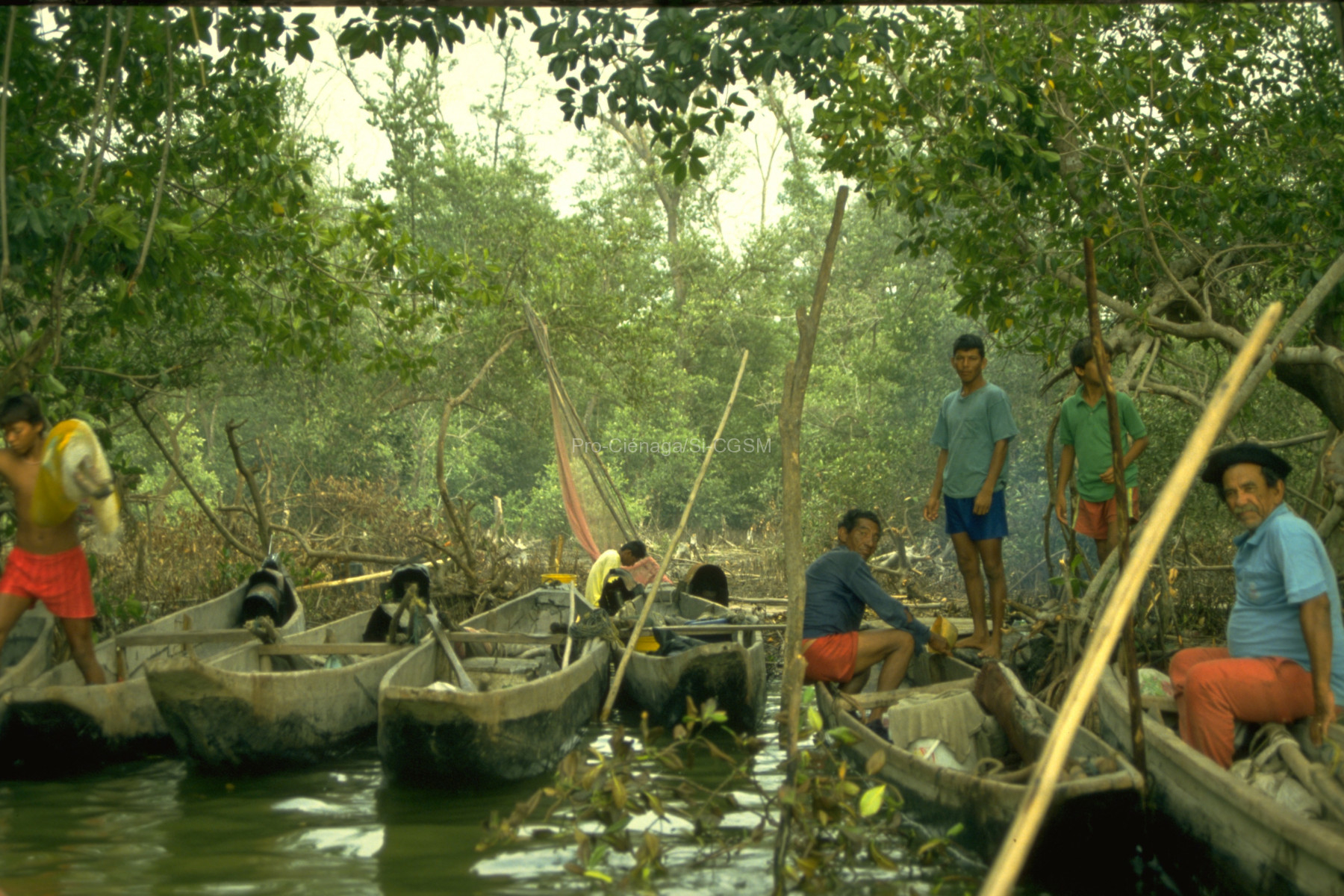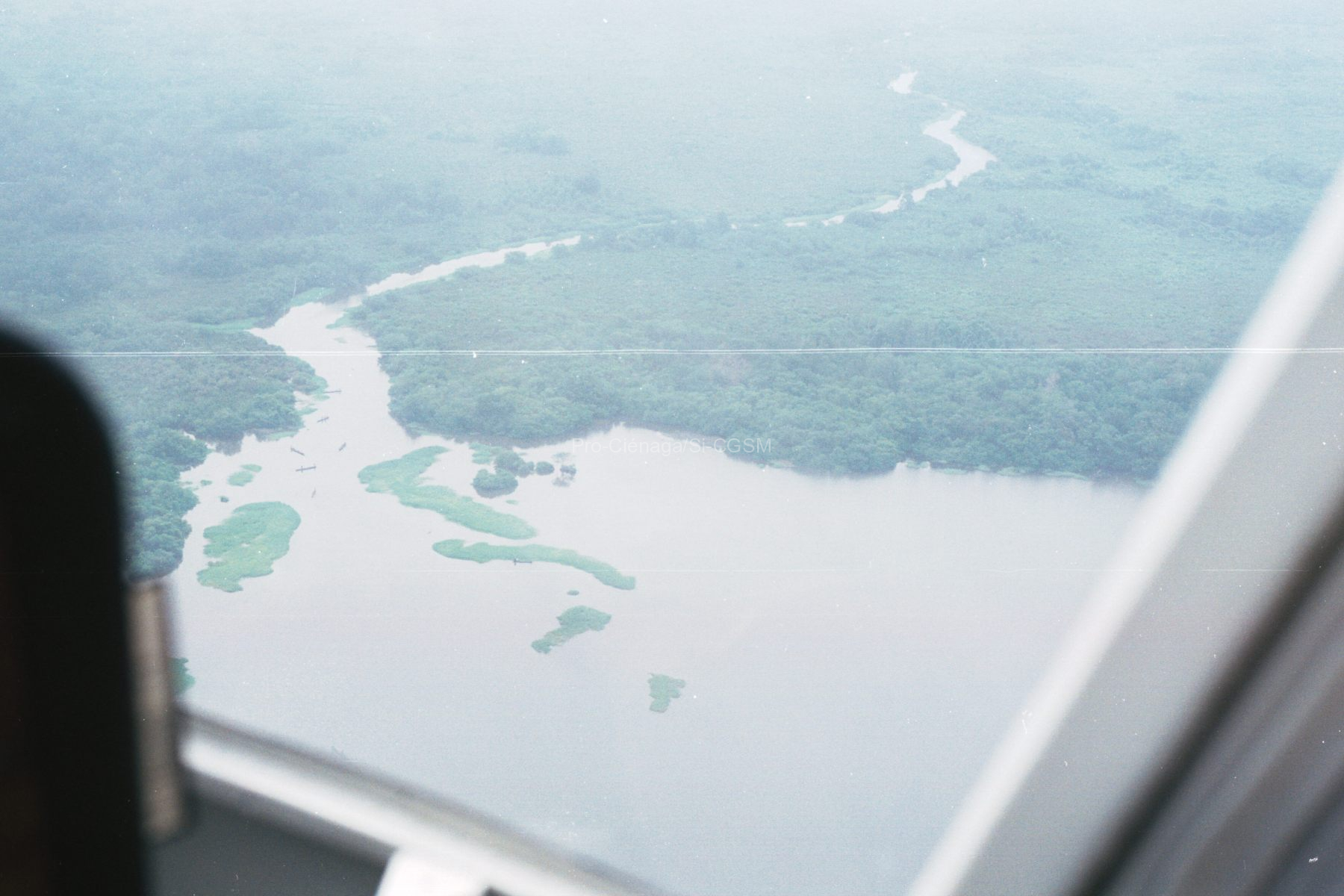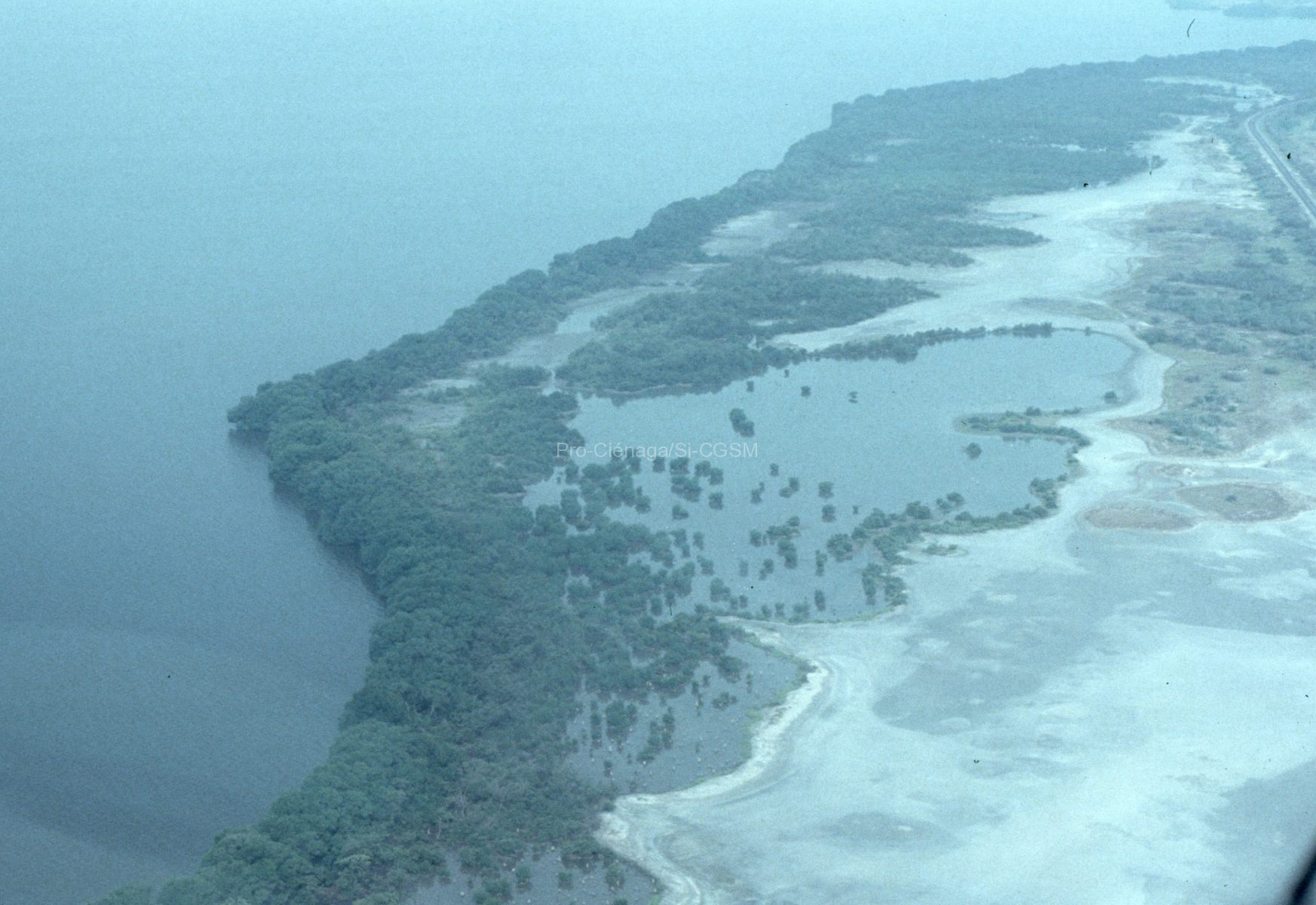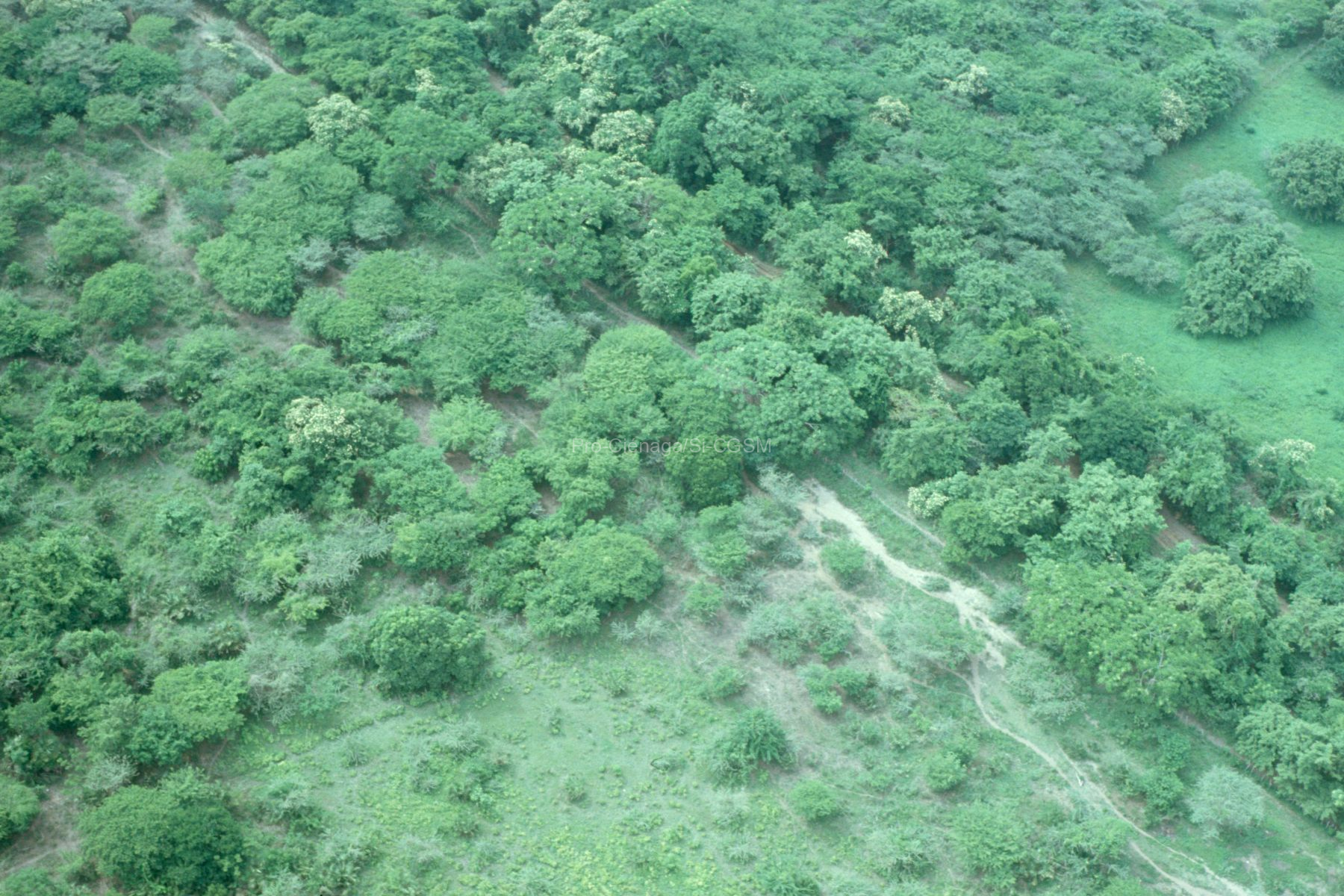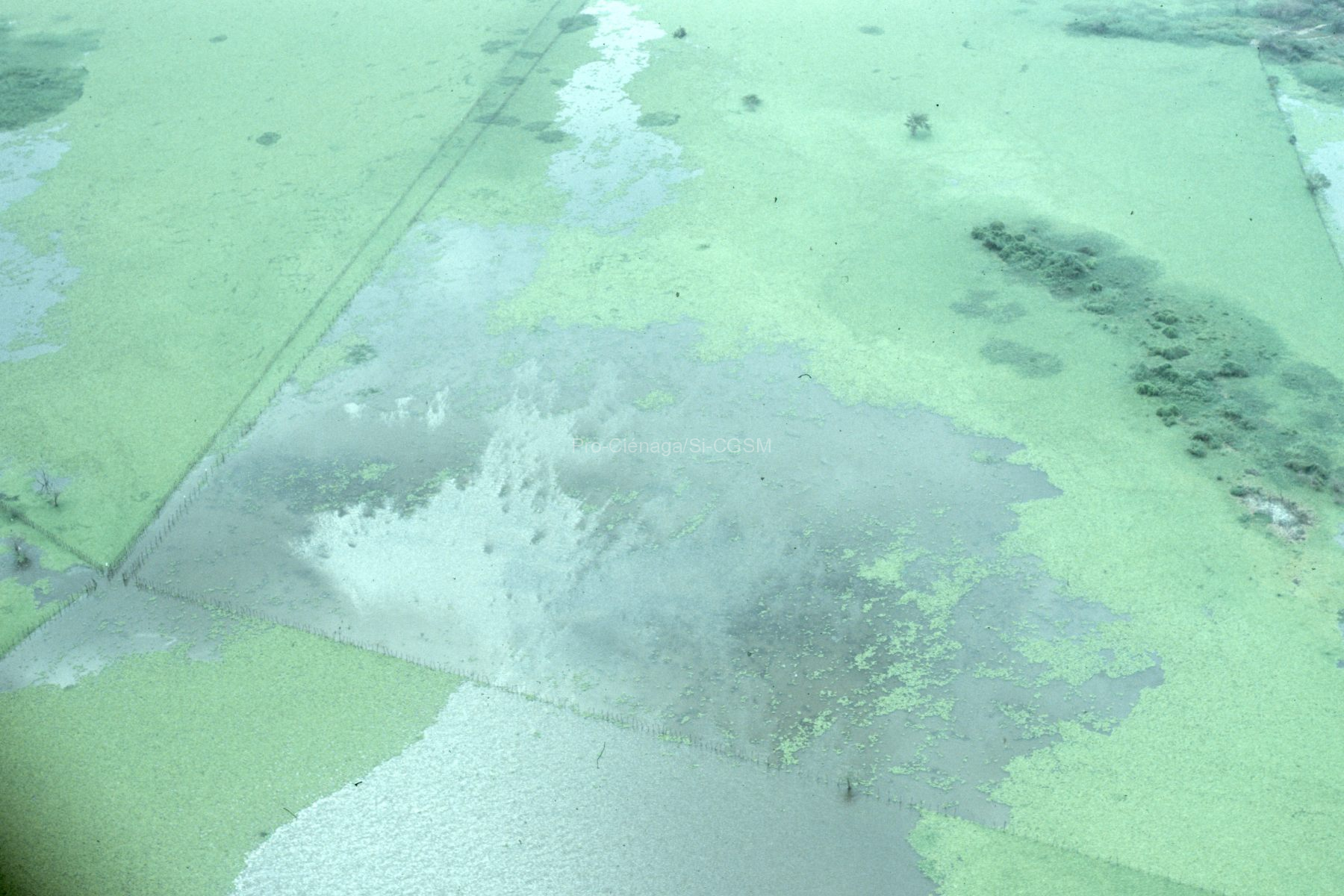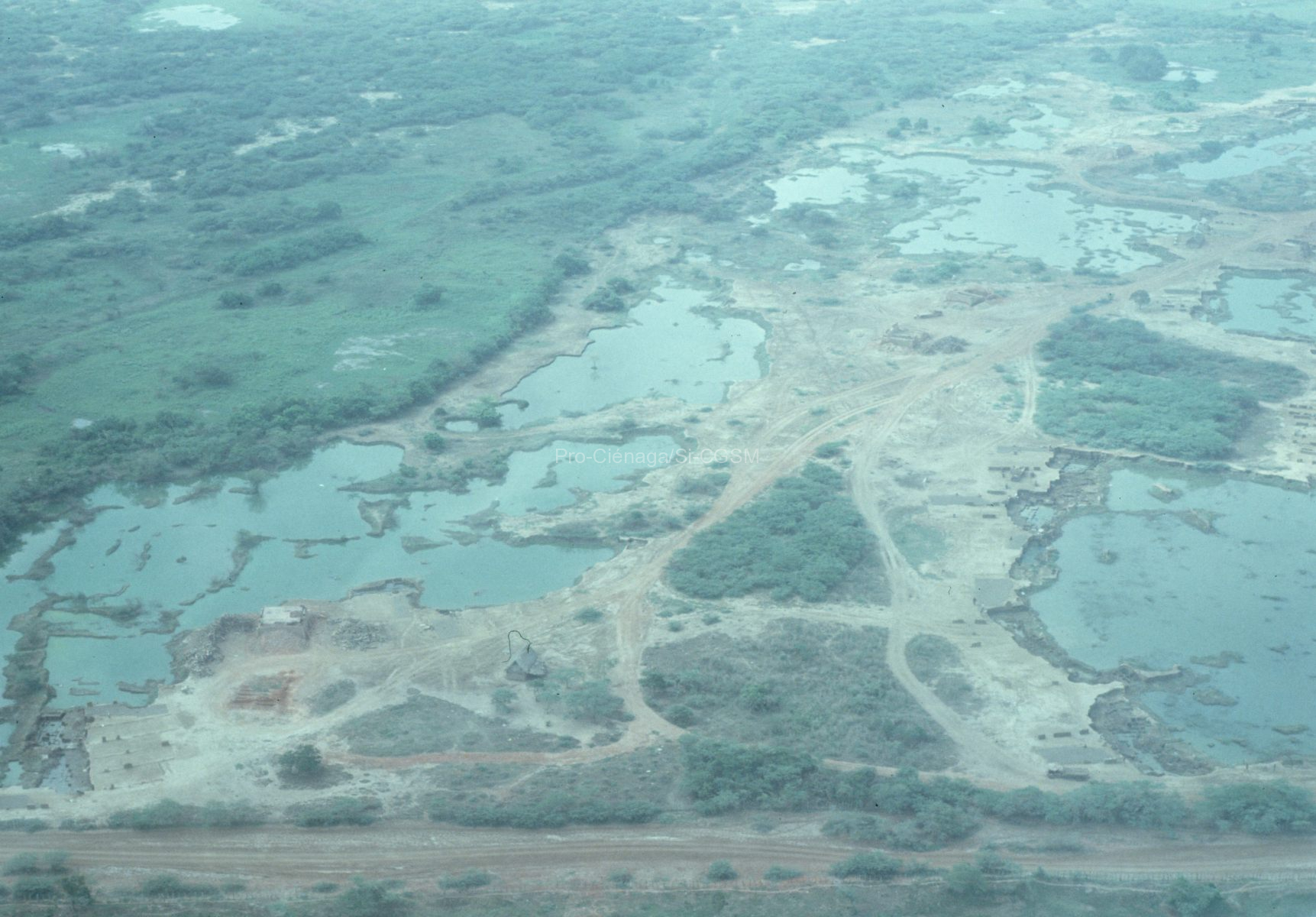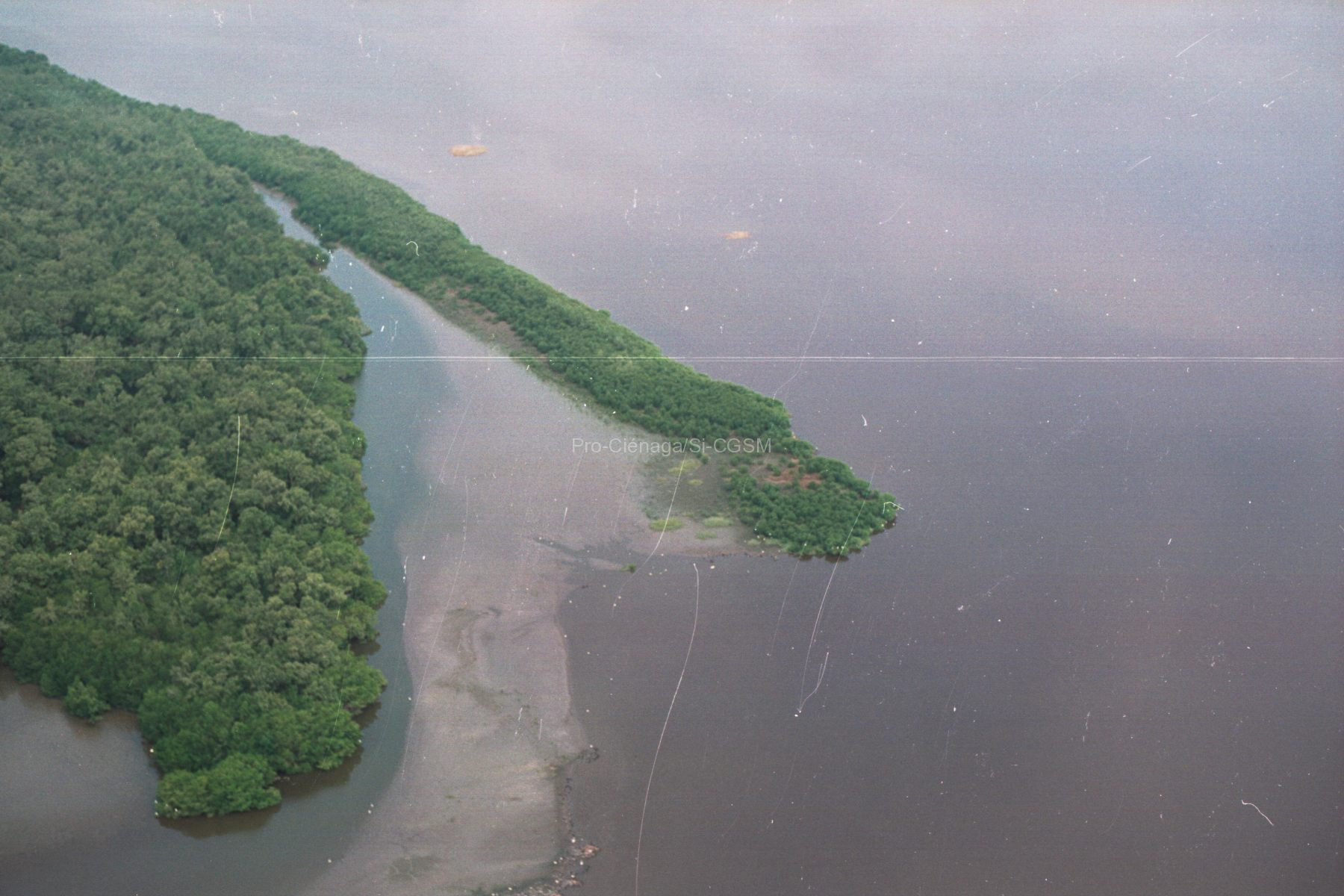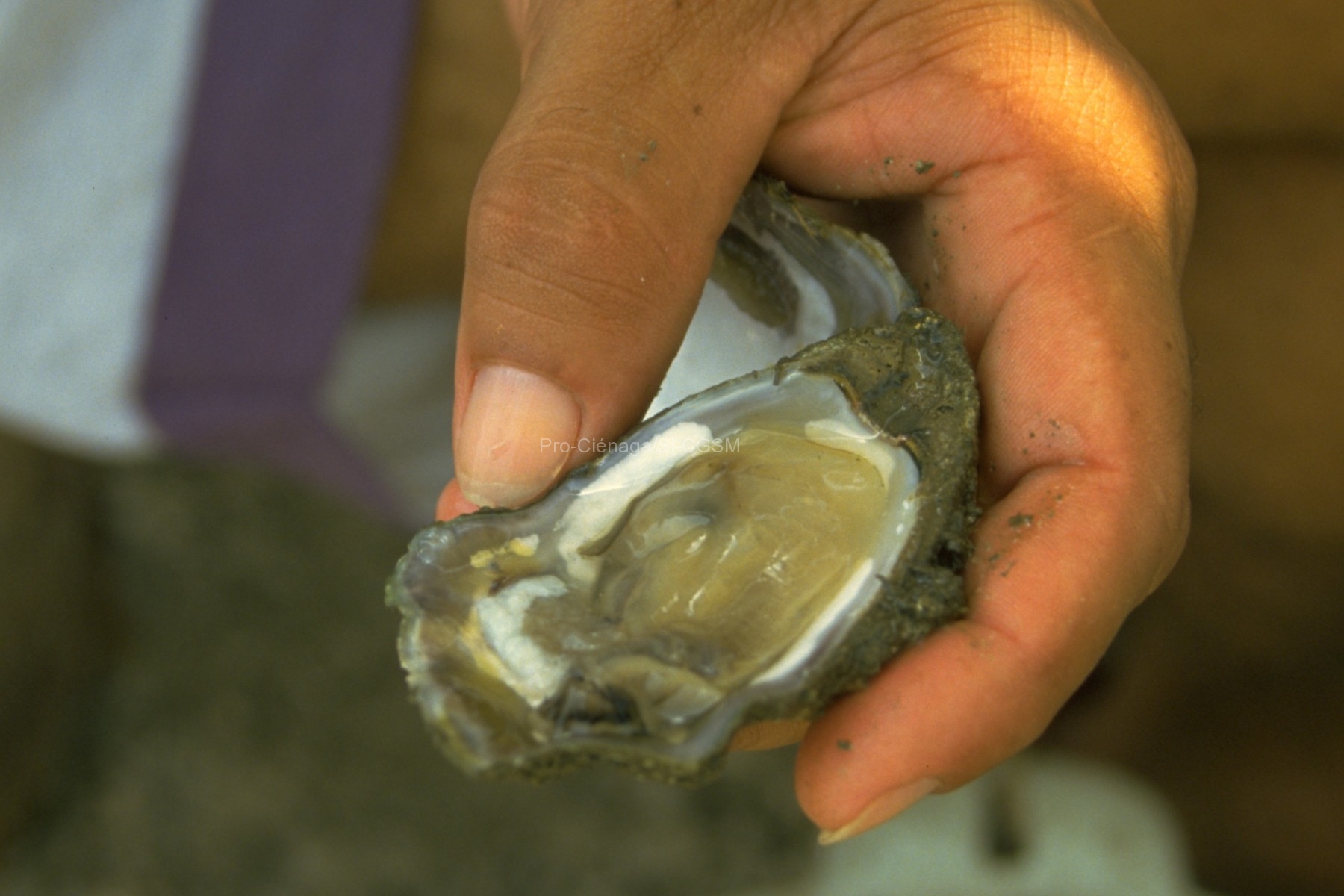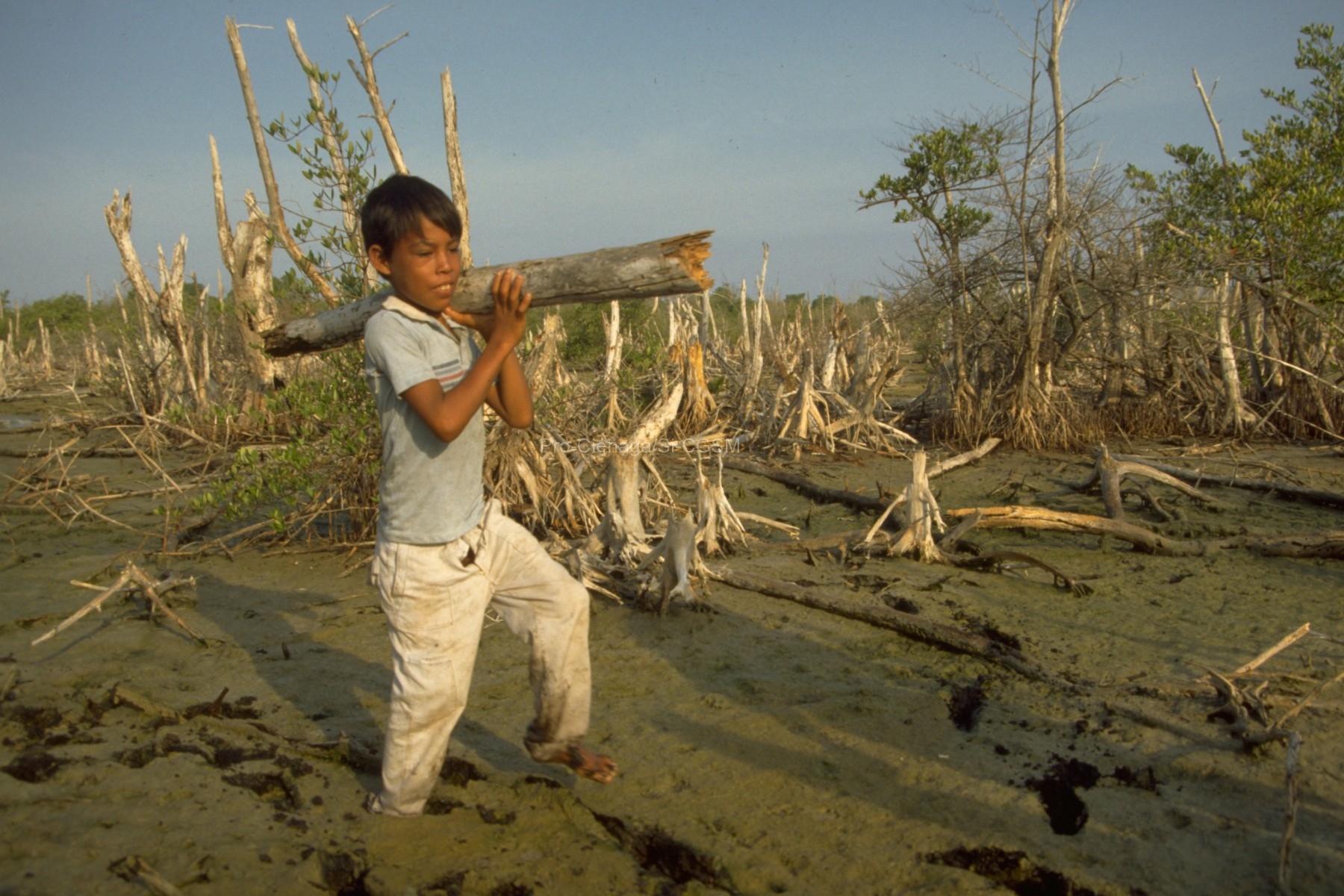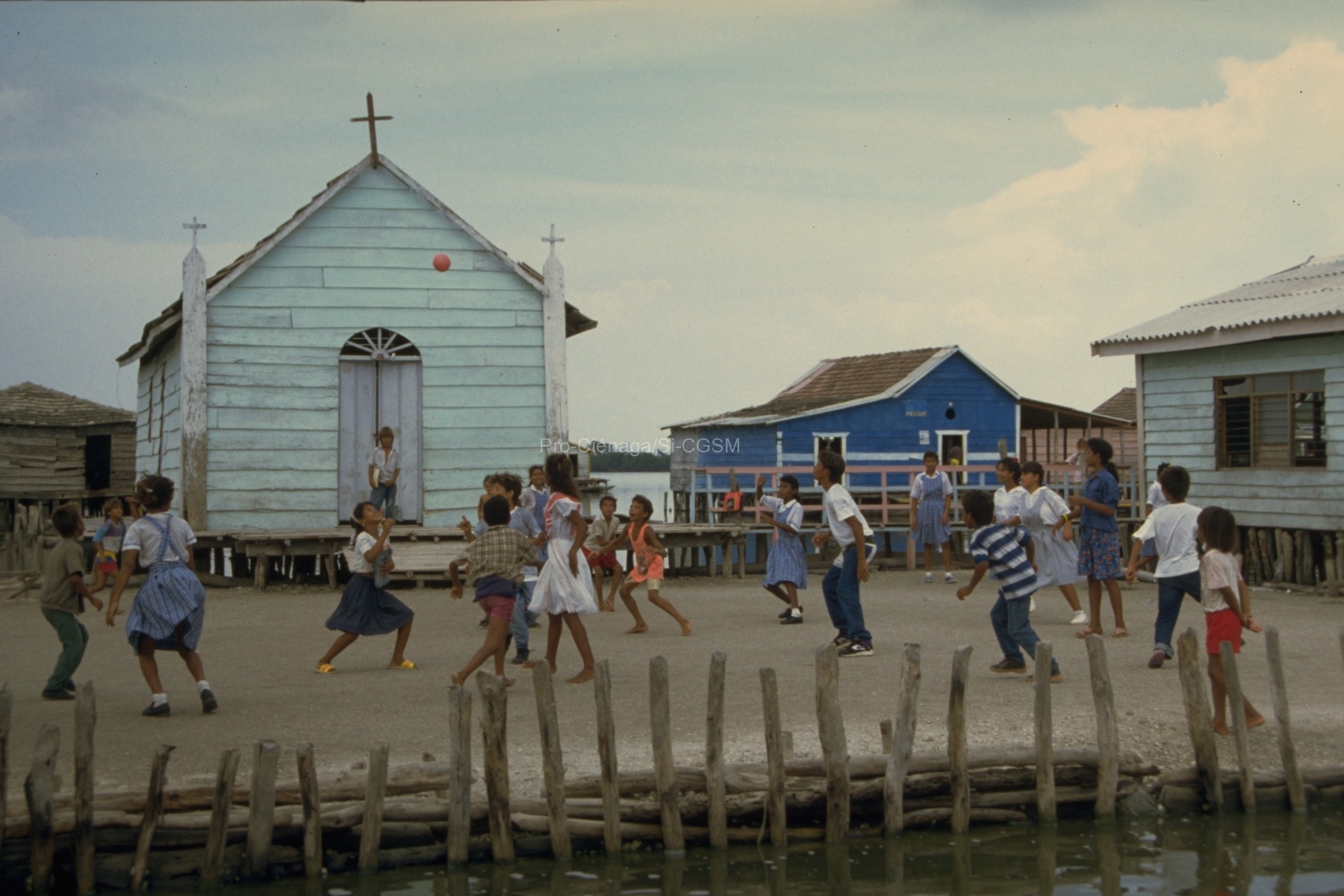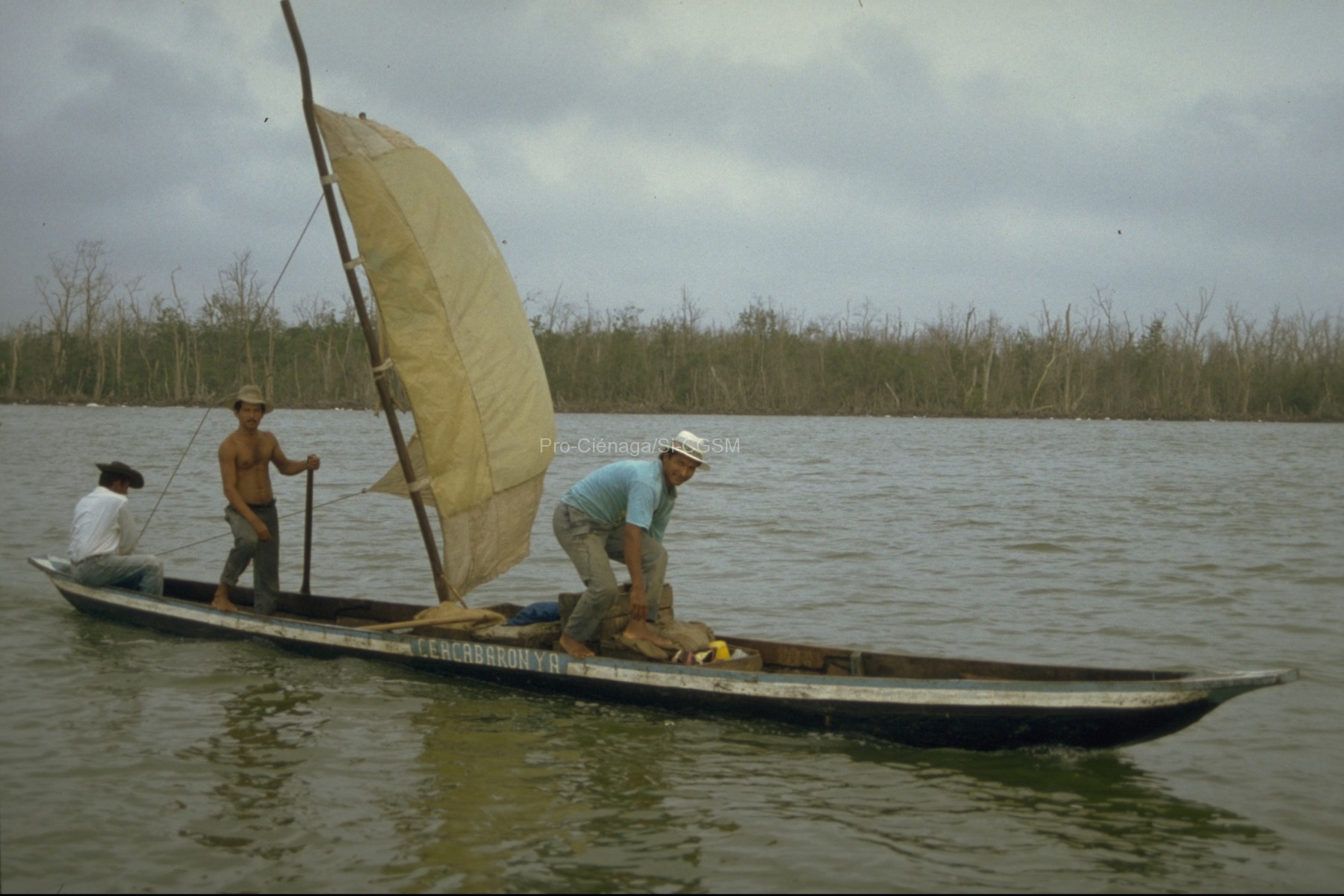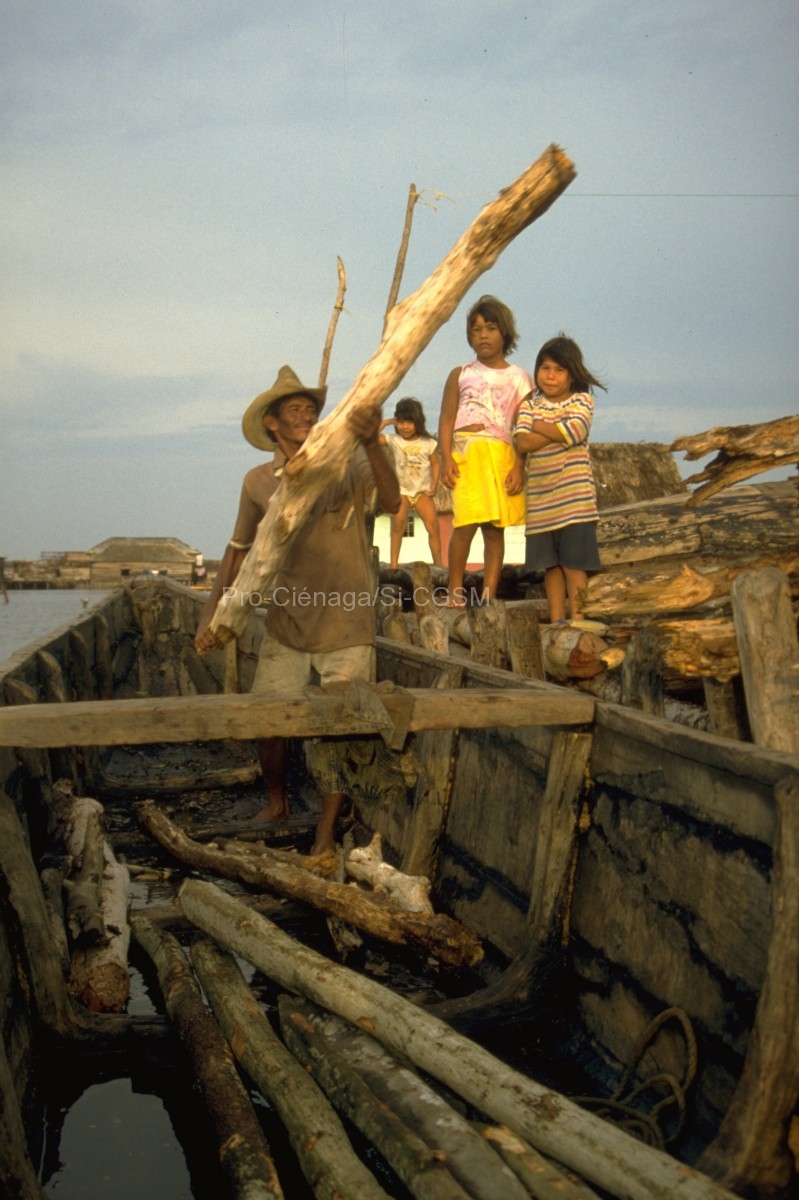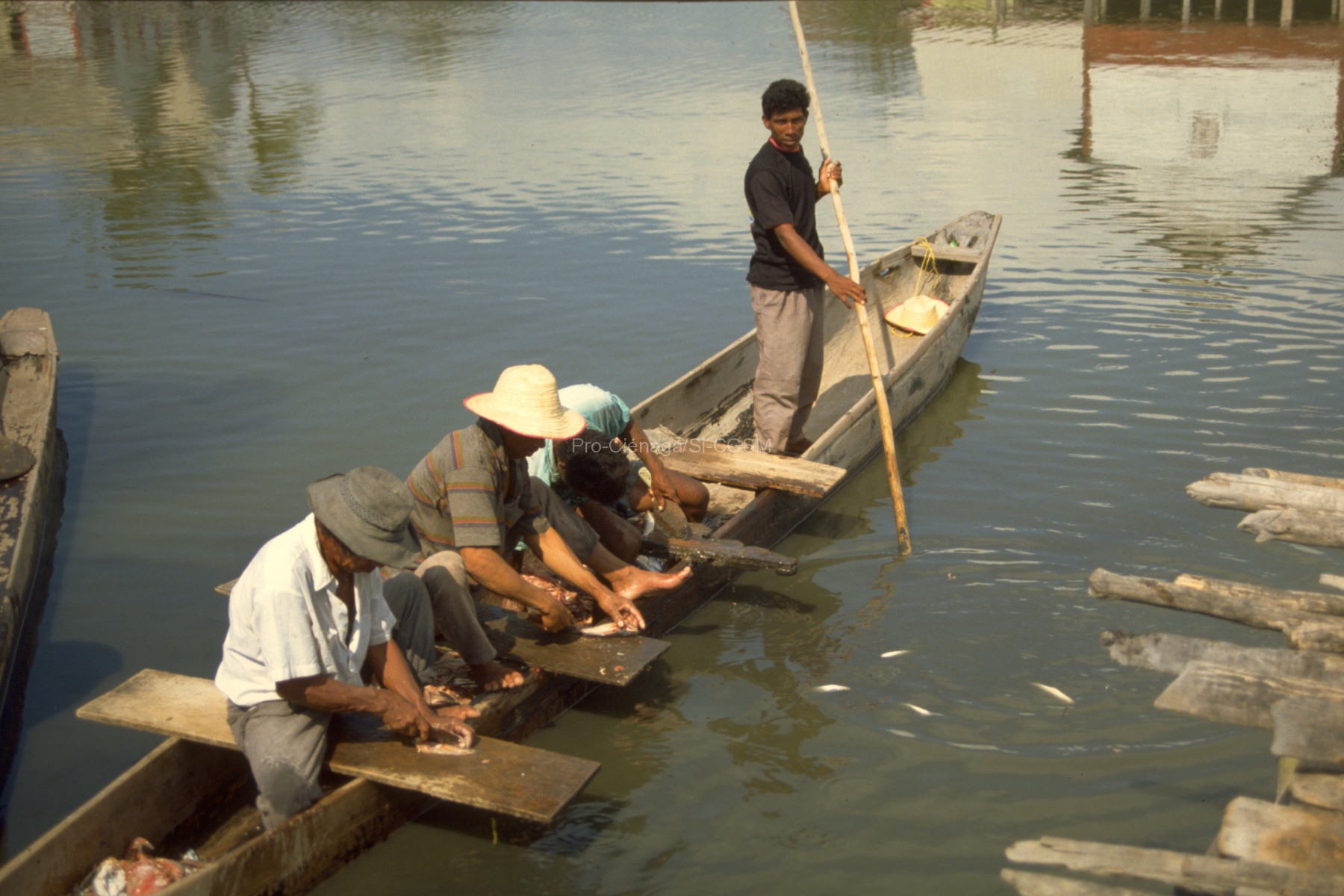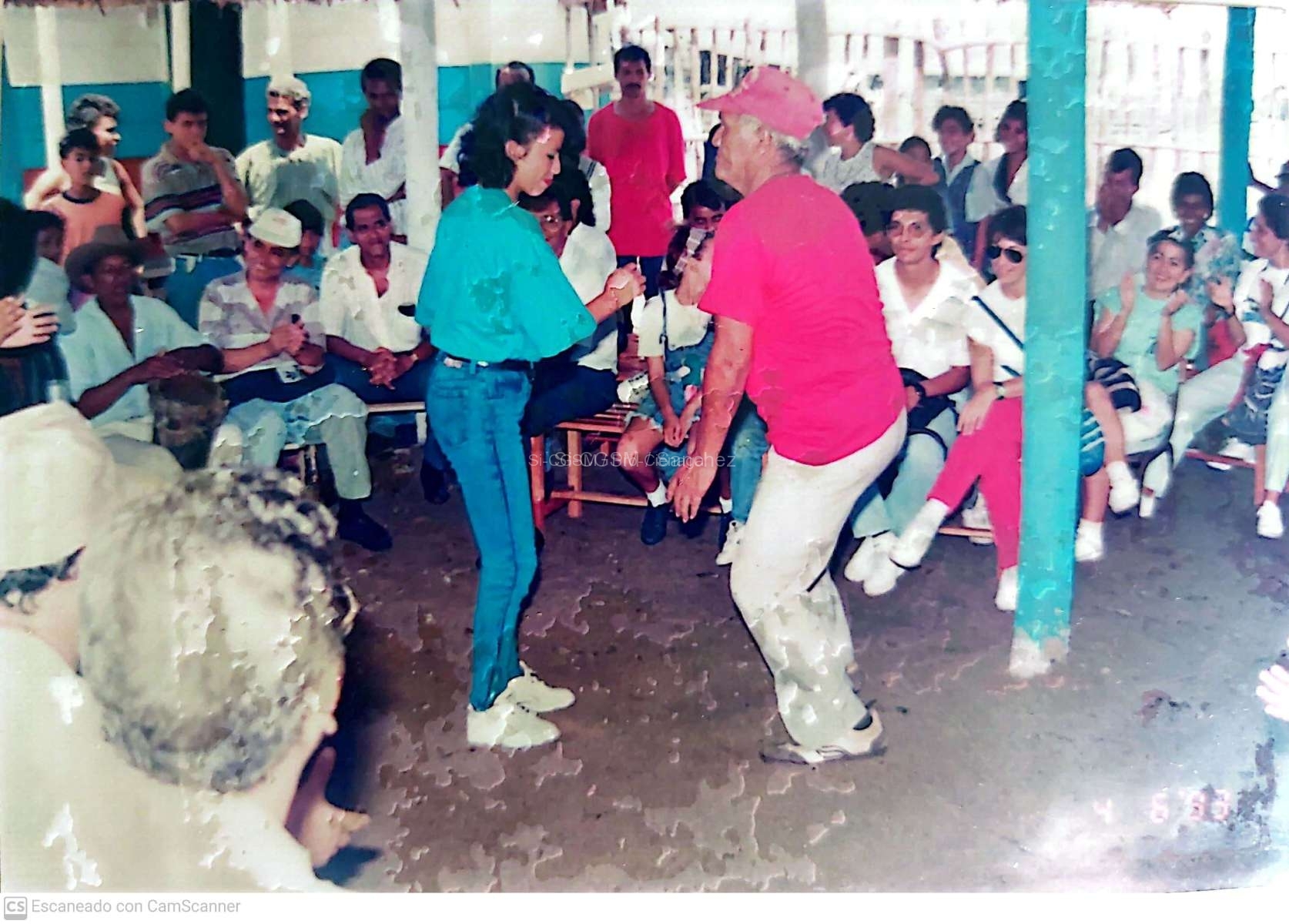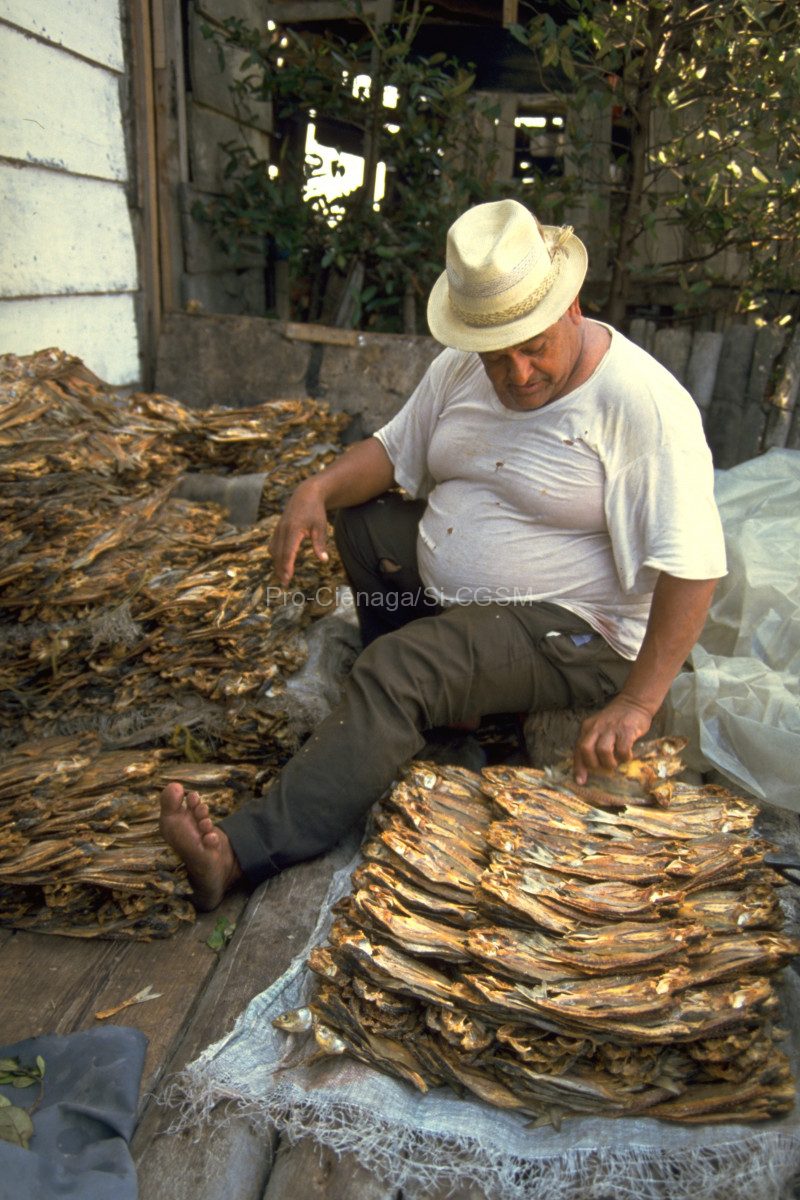https://doi.org/10.1016/S0964-5691(98)00056-8
The Colombian government has been implementing, during the last five years, a project for the rehabilitation of the Cienaga Grande de Santa Marta, a coastal estuarine lagoon in the Caribbean coast of Colombia where anthropogenic activities resulted in massive mortality of the mangrove forests, water quality degradation and concomitant diminution of biodiversity, fishing resources and life quality of human populations of the area. The project was designed in two phases: the first phase set its goal in the production of an environmental management plan (EMP) for the region and was executed by three colombian institutions, CORPAMAG, INVEMAR and CORPES C.A. with the technical cooperation of the German Agency for Technical Cooperation (GTZ). The second phase of the project is implementing specific projects and activities identified and designed in the EMP. These can be summarized in four main programs: (1) management of hydrological resources; (2) management of faunal and floral resources; (3) social development and (4) institutional strengthening. Presently, the hydrological regime is being restored by dredging canals that re-communicate the estuarine system to the Magdalena River. This has already resulted in partial regeneration of the mangrove vegetation in areas immediately adjacent to the canals. Reforestation plans and plans for the management of fishing resources are being currently designed and implemented in agreement between governmental institutions and local communities.


